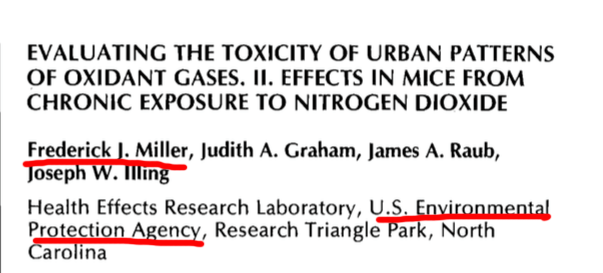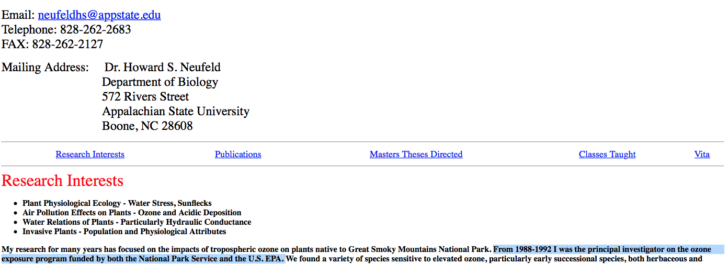More of the same
With another Democrat representing the district in Salem, will he or she hold fast to a progressive agenda and leave a large minority without any representation at all? Of the past is any judge, the answer is probably yes.
Our American republican democracy requires a pluristic government that
respects the rights of minorities of opinion, not just minority races or other protected classes.
If all a majority political party does is further it's own policies and goals, the government becomes a mobocracy. America's founders wanted to protect the Constitution from devolving into an instrument of tyranny. Their goal was that government should protect the freedoms and rights of all Americans, not just those of one party.
If one party gains dominance at some point, it needs to consider the opinions and rights of the minority because someday they might be in the minority position and need such protections. Oregon has been a single party state for some time now, and the
idealogues of the far left have become more influential. They flaunt their extremist views openly because they feel protected by the invincibility and rightness of their causes, not stopping to consider the legitimacy of economic or social facts and other points of view.
Progressive elites are now vying for Ann Lininger's state House of Representatives position seat.
Few so far have shown the respect, deference or humility that goes with the power and responsibility of governing. They are not worthy of our votes, though this is an appointed position, they need only to appeal to the ruling Democrat Party.
Here are the first lot - more to come.?
Where are the interviews with Joe Buck and Theresa Kohlhoff? Why are these missing, or did I miss something in the news?
Lake Oswego Review, July 28, 2017 By Gary Stein
Political consultants, restaurateur say they'll seek appointment to House District 38 seat
Andrea Salinas, Neil H. Simon, Daniel Nguyen and Moses Ross add their names to a field that already includes two Lake Oswego city councilors
Two longtime political consultants with extensive experience on both the state and national level, a restaurateur whose family immigrated from Vietnam and a Southwest Portland community activist have all announced that they will seek appointment to the House District 38 seat being vacated by Rep. Ann Lininger.
Andrea Salinas, the Oregon vice president for Strategies 360, and Neil H. Simon, a partner with Bighorn Communications, made their intentions public Friday; Daniel Nguyen, the owner of Bambuza VietnamKitchen, and Moses Ross, the owner of a political call center and communications consulting business, announced their candidacies on Saturday.
They join a growing list of candidates for Lininger's job in Salem. Just last week, Lake Oswego City Councilors Joe Buck and Theresa Kohlhoff both publicly announced that they, too, will seek the job, and Clackamas County Democratic officials told The Review that they have been approached by at least five potential candidates.
Andrea Salinas
Those endorsements include former state Rep. Greg MacPherson; Multnomah County Commissioner Jessica Vega Pederson; Lake Oswego School Board member Rob Wagner; Doug Moore, executive director of the Oregon League of Conservation Voters; Grayson Dempsey, executive director of NARAL Pro-Choice Oregon; and Mary Nolan, executive director of Planned Parenthood Advocates of Oregon.
Salinas currently is the Oregon vice president of Strategies 360, a consulting firm with offices in a dozen states and in Washington, D.C. A graduate of the University of California, Berkeley, she has owned her own legislative campaign consulting business, managed the legislative agenda for the Oregon Environmental Council and worked in a variety of roles for U.S. Sen. Harry Reid, U.S. Rep. Pete Stark and U.S. Rep. Darlene Hooley. These endorsements are not mainstream and indicate a preference for progressive causes that are antithetical to conservative beliefs. Fine for a private citizen, but extreme for an elected official. Forgotten on most progressive lists of causes are the rights and concerns of those who are not in a liberal-recognized minority class.
Neil S. Simon
"As an advocate for social justice, I'm proud of the work Clackamas and Multnomah County Democrats are doing to lead the resistance to this sham presidency, and I stand with those leading the effort to block the GOP agenda that would roll back the clock on progressive gains," he told The Review. "But I am seeking this appointment to do more than resist. I want us to reimagine politics. This person could not ethically take the oath for office - he declares Republican views not as things to be respected, but attacked, and can't understand the concept of political preferences swinging left to right (or vise versa) when political movements become too extreme. Pluralism be damned!
That means championing health care for all, strengthening education, addressing income inequality and assuring affordable housing," Simon said. When is income "equal?" When we all make the same amount? Or at some other level of "fairness" he and his cronies (the democratic/socialist mob) determines is right?
"If we can create more commuter options with mass-transit, bike lanes and express lanes, we can shorten commutes, give people more time with their families, reduce carbon emissions and combat global warming," he said. "We love our pocket of Oregon for the quality of life it brings. Now it's up to us to work to conserve it for the next generation." Let's see definitive proof that any of these claims are true, especially in the suburbs. Research has shown that these claims, while popula, are not true.
Daniel Nguyen
He sounds more purple than blue. Can he make it to the top in an increasingly progressive, leftist party?
Moses Ross
A single father to a 12-year-old daughter, Ross has also served as chair of the Maplewood Elementary School PTA and as chair of the Multnomah Neighborhood Association. He says he believes that all Oregonians, regardless of their age, race, gender or economic status, must have access to health care, free college tuition, a livable planet and a job that pays a living wage
Toward that end, he says his goals if appointed to the HD38 seat would be to:
• Ensure universal access to health care in Oregon through a single-payer system; California can't afford it - Oregonians can't afford it either. This is a pipe dream for those who would rather have government make health care choices, than protect individual liberties which is the real purpose of government in the US - not becoming a nanny-state.
• Ensure that everyone pays their fair share toward full funding for public education (with a strong emphasis on K-12 and community colleges). "This means gaining increased revenues from big businesses," he says. What does "fair share" mean other than tearing down the wealthy until there are no wealthy people or successful companies left to pick on - they will have been bled dry or will have left the state. Strangling big business with big taxes shows a complete lack of understand of how our economic system works. Corporations will pass on their costs to their customers and/or leave the state.
• Emphasize renewable energy solutions that are comprehensive and cost-effective, with an end goal of making Oregon a 100-percent renewable energy state; This can happen only through force, and judging from Germany's decades-long effort towards the same goal, this one is doomed from the get-go. Energy costs in Germany are prohibitively high, impacting the poor more than ever. More delusional and oppressive Central Planning.
• Create lasting economic opportunity for all Oregonians, with an emphasis on small businesses and working families; and " Lasting economic opportunity" depends on lager economic forces, not merely hopes of state legislators.
•Help the most vulnerable community members achieve independence "with compassion, dignity and respect."That means the vulnerable will gain independence from government support?.












